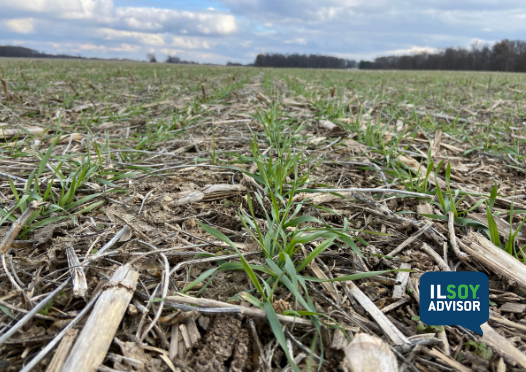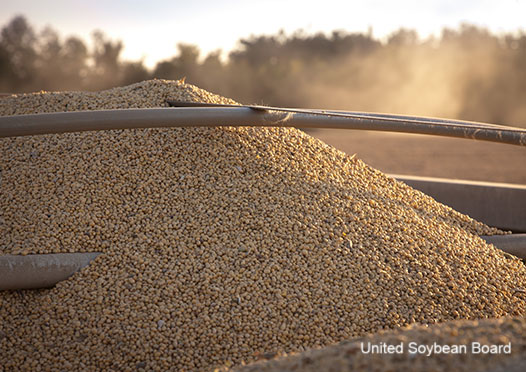Resolution Realization
Photos taken before the smartphone era have significantly lower quality and resolution than what’s possible with the latest mobile devices. Modern smartphone cameras can capture extensive details that could never be seen from a pixelated flip phone camera. Similarly, you may have noticed this increase in resolution if you’ve ever switched soil sample grid size. By increasing your sample resolution, you can see a much... Read More →
ILSOYADVISOR POST
What's the Measure of Soybean Success
April 13, 2019
What technologies should farmers adopt to obtain the next incremental soybean yield gains after they have done everything else right? That was the question we asked ourselves back in 2012 when we set out to write the Illinois Soybean Production Guide, sponsored by the Illinois Soybean Association.
Prior to 2012 many growers felt that soybean yields were stagnant while corn yields kept increasing. Growers treated soybeans as a second-class rotational crop because their yield expectations were quite low. Soybean yields were slowly increasing with genetic gains of a third to half a bushel per year, while corn yields increase about 1.8 bu/A per year. Corn producers realized early on they could up the yield ante by applying better management practices and that decision paid them dividends. But most of those growers didn’t realize the same could happen with their soybeans.
When we set out to publish the production guide with the assistance of a technical advisory panel and Illinois State University faculty, we knew that soybean production begins with a strong agronomic foundation followed by integrating additional technology options. The guide stated “Breaking your yield barrier begins with assessing your practices and seeing how they measure up to university and industry recommendations. For example, planting full-season varieties early usually out-yields planting short season varieties. Your challenge comes in three stages:
- Select the best variety with the optimal defensive package for your field.
- Adopt the best agronomic management practices to optimize your yield.
- Look for add-on technologies like seed treatments, starter fertilizers, foliar fertilizer and foliar fungicides to increase yield.”
Growers had already mastered the best fundamentals of the day: choosing the best variety, fertilizing once and before corn for the 2-year corn-soybean rotation, planting into good soil conditions, knowing what row spacing and population worked best for them and, lastly, planting into a weed-free seedbed that was kept weed free all season long. Any yield gains were primarily associated with annual genetic gain provided by soybean breeders, since most growers and agronomists didn’t know that soybeans would respond to better management just as corn does.
To move yields to the next level, growers must evaluate their fundamental production system and make sure they’ve adopted the best practices for their geographic area. Once satisfied with those answers, soybean farmers should begin to consider value-added technologies that can be “stacked on” to their production system. Consider integrating these additional technology options on top of sound agronomic practices:
- Protect the seed with a seed treatment
- Protect the crop from insects and foliar diseases
- Remove weeds early and completely to prevent in-season competition
- Feed and stimulate the crop through foliar nutrition
- Develop strategies to manage Soybean Cyst Nematodes (SCN)
Over the past seven years Illinois producers have adopted many of the above recommendations and average soybean yields in Illinois increased 6.5 bu/A between 2013 and 2018. The University of Illinois’ Fred Below and his “The Six Secrets of Soybean Success” validated the importance of adopting better management practices. However, what the guide’s team missed was emphasizing the importance of early planting in April and fertilizing soybeans independent of corn. Unfortunately, our ability to control Soybean Cyst Nematode has floundered as genetic resistance is less effective and new seed treatments to control SCN are only partially effective.
When we designed and wrote the production guide in 2012, we never imagined that growers would so rapidly adopt many of the practices recommended. What we’ve learned is that soybeans are responsive to better management and have more upside yield potential than ever imagined. This upside has been repeatedly verified by the number of growers who have broken the 100 bu/A ceiling. But as we look forward 10 years what will the next set of best management practices going to be to sustain those yield increases? One can only imagine the possibilities coming.





Comments
Add new comment